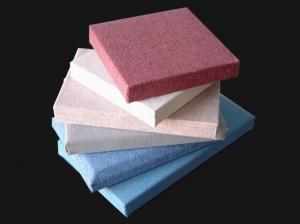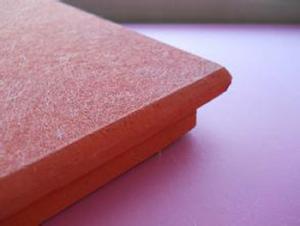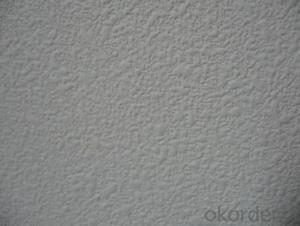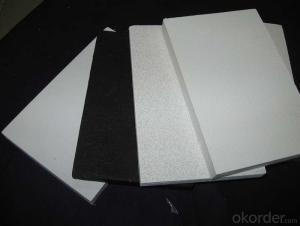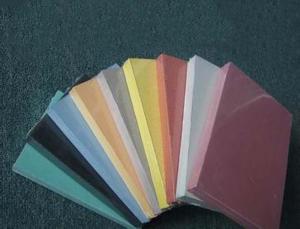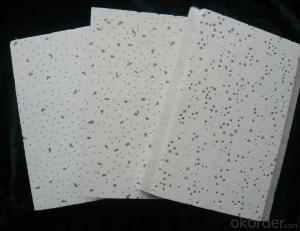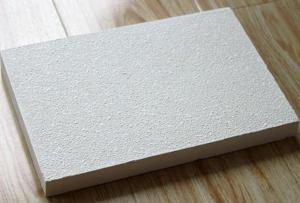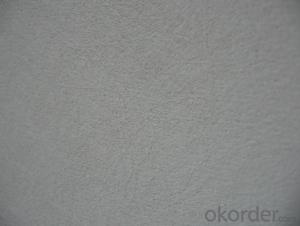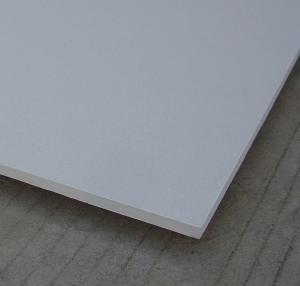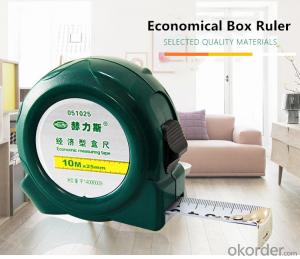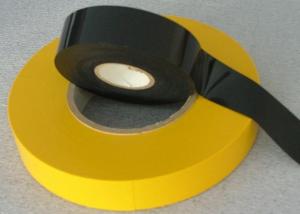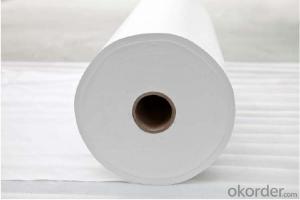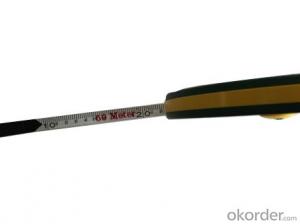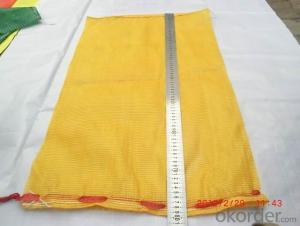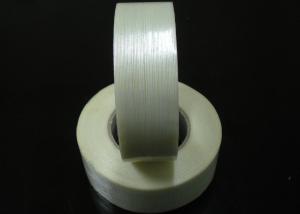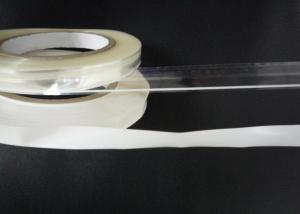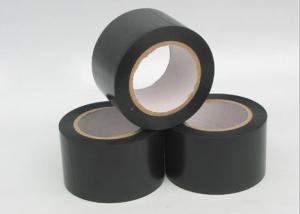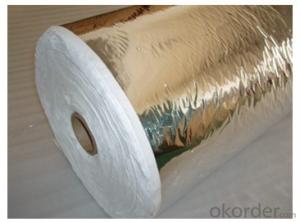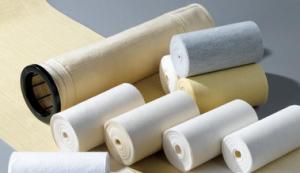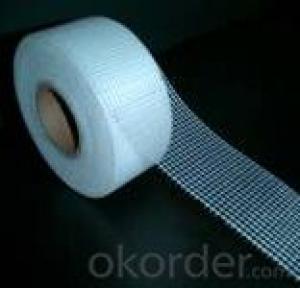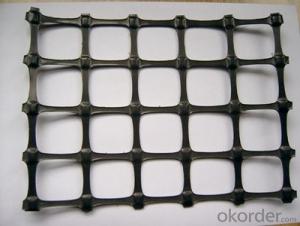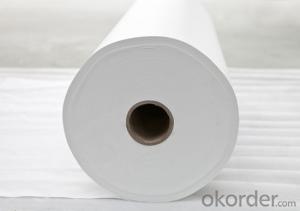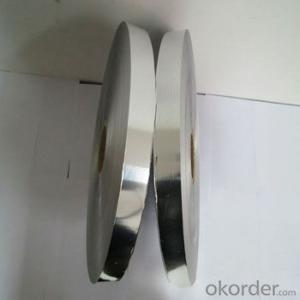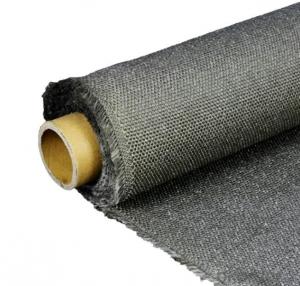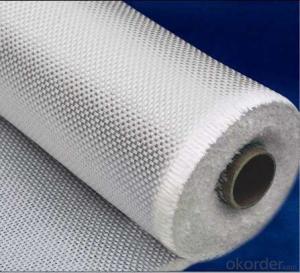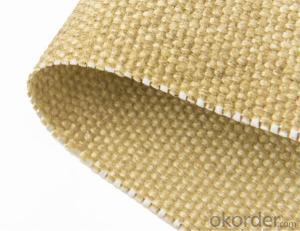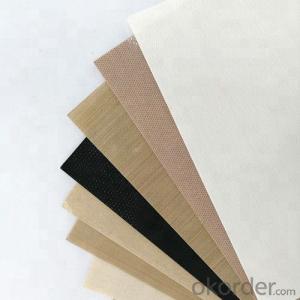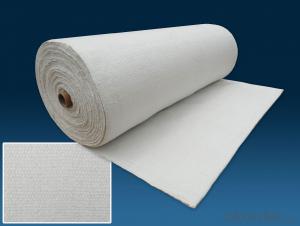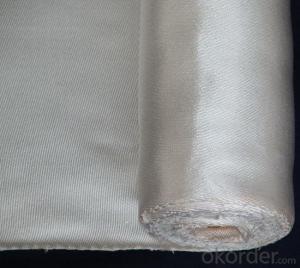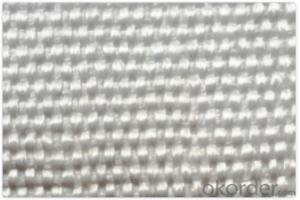1708 Biaxial Fiberglass Tape
1708 Biaxial Fiberglass Tape Related Searches
Led Light Bulbs For Ceiling Fixtures Decorative Ceiling Plate For Light Fixture Ceiling Plate For Hanging Light Fiberglass Sheets For Roofing Track Lights For Kitchen Ceiling Lights For Kitchen Ceiling Lights For Fall Ceiling Spotlight For Ceiling 5 Blade Ceiling Fan With Light 12X12 Ceiling Tiles With HolesHot Searches
Fiberglass Scaffolding For Sale Plastic Roof Tiles For Sale Fiberglass Panels For Sale Fiberglass Greenhouses For Sale Cost Of Concrete Tile Roof Roof Insulation Price Artificial Slate Roof Tiles Price Ceiling Fan Lowest Price Tesla Solar Roof Inverter Types Of Flat Roof Coverings Stone Wall Tiles Cost Company Office Design Ceramic Roof Tiles Cost Metal Roof Tiles Prices Cement Roof Tile Manufacturers Clay Roof Tile Manufacturers Synthetic Roof Tiles Cost Roof Clay Tiles Prices Interlocking Roof Tiles Prices 30 Year Roof Shingles Prices1708 Biaxial Fiberglass Tape Supplier & Manufacturer from China
Okorder.com is a professional 1708 Biaxial Fiberglass Tape supplier & manufacturer, offers integrated one-stop services including real-time quoting and online cargo tracking. We are funded by CNBM Group, a Fortune 500 enterprise and the largest 1708 Biaxial Fiberglass Tape firm in China.Hot Products
FAQ
- For thermal insulation purposes, there exist multiple types of fiberglass fabric weaves that are commonly utilized. These weaves are specifically designed to offer exceptional heat resistance and insulation capabilities. The plain weave is one of the most frequently employed weaves for thermal insulation. It is characterized by a straightforward over-under pattern, where each weft thread alternates between passing over and under each warp thread. This particular weave is renowned for its balanced strength and stability, rendering it suitable for a wide array of applications. Another popular option for thermal insulation is the satin weave. This weave is distinguished by a succession of floating warp or weft threads that traverse over several consecutive threads prior to intertwining again. As a result, the satin weave produces a smooth and lustrous fabric with a high degree of flexibility and drapability. It is an ideal choice for scenarios that necessitate a lightweight and flexible insulation solution. The twill weave, featuring a diagonal pattern created by the interlacing of warp and weft threads, is another viable alternative for fiberglass fabric used in thermal insulation. Twill weaves are celebrated for their strength and durability, making them a suitable option for applications demanding a more robust insulation solution. Furthermore, the leno weave is frequently employed for thermal insulation purposes. This weave entails the twisting of adjacent warp threads around one another to generate small, open spaces within the fabric. These spaces facilitate improved air circulation and moisture management, positioning leno weave fabrics as an excellent choice for situations where breathability is crucial. Ultimately, the selection of a fiberglass fabric weave for thermal insulation will depend on the specific requirements of the application, encompassing desired insulation properties, flexibility, strength, and breathability.
- Automotive interiors benefit greatly from the use of fiberglass fabric. This material is renowned for its durability, strength, and ability to withstand high temperatures and fires. These exceptional properties make it an excellent option for automotive interiors, where it can endure daily wear and tear and provide exceptional protection. In the automotive industry, fiberglass fabric is extensively utilized for various purposes. It serves as a reinforcement material for seats, headliners, door panels, and other interior components. Its remarkable tensile strength ensures that the fabric can withstand the pressure and stress placed on these parts, ensuring their longevity. Moreover, fiberglass fabric is commonly employed as a sound and heat insulator in automotive interiors. Its thermal characteristics help to reduce heat transfer, keeping the cabin cooler during hot weather. Additionally, it effectively dampens sound vibrations, resulting in a quieter and more comfortable driving experience. Furthermore, fiberglass fabric's resistance to moisture, mold, and mildew makes it an ideal choice for automotive interiors exposed to diverse weather conditions. It is also effortless to clean and maintain, which is vital for preserving the aesthetics and functionality of the interior components. In conclusion, fiberglass fabric offers a multitude of advantages that render it suitable for automotive interiors. Its strength, durability, heat resistance, and insulation properties make it a favored option among manufacturers and designers seeking to create top-notch, long-lasting, and comfortable automotive interiors.
- Yes, fiberglass fabric can be used for making conveyor belts. Fiberglass fabric is known for its high strength and durability, making it suitable for applications that require continuous movement and heavy loads, such as conveyor belts. Its resistance to high temperatures, chemicals, and abrasion also make it an ideal material for conveyor belt manufacturing. Additionally, fiberglass fabric is lightweight, flexible, and easy to handle, allowing for efficient conveyor belt production.
- What about laying glass fiber cloth on polyurethane waterproof coating?
- Plus no glass fiber cloth is not very different, the key depends on the quality of construction, quality is good.
- Yes, fiberglass fabrics can be used for geotextile applications. Geotextiles are permeable fabrics used in civil engineering projects to stabilize soil, control erosion, and provide separation between different soil layers. While traditional geotextiles are typically made of synthetic materials like polyester or polypropylene, fiberglass fabrics can also be used effectively for these applications. Fiberglass fabrics offer numerous advantages for geotextile applications. Firstly, they have high tensile strength, meaning they can withstand significant loads and provide long-lasting stability. Additionally, fiberglass fabrics are resistant to chemicals, UV radiation, and biological degradation, making them suitable for various environmental conditions. Furthermore, fiberglass fabrics have excellent dimensional stability, meaning they will not shrink or expand significantly when exposed to moisture or temperature variations. This characteristic is crucial for maintaining the integrity and effectiveness of geotextiles over time. Another benefit of using fiberglass fabrics for geotextile applications is their excellent filtration properties. They can effectively prevent the migration of fine particles while allowing water to pass through, reducing the risk of soil erosion and maintaining water drainage. In conclusion, fiberglass fabrics can indeed be used for geotextile applications. Their high tensile strength, chemical resistance, dimensional stability, and filtration properties make them a suitable choice for various civil engineering projects where geotextiles are required.
- There are multiple safety precautions to take into account when working with fiberglass fabrics. To begin with, it is crucial to utilize suitable personal protective equipment (PPE) such as gloves, goggles, and a respirator. Minimizing direct contact and inhalation of the fiberglass fibers is essential due to their potential to irritate the skin, eyes, and respiratory system. In addition, it is advisable to either work in a well-ventilated area or employ local exhaust ventilation to decrease the concentration of airborne fiberglass particles. This measure helps in preventing respiratory issues caused by inhaling the fibers. Furthermore, it is important to handle fiberglass fabrics with caution to avoid generating dust or releasing loose fibers. Cutting or sanding fiberglass fabrics should be carried out in a controlled manner by using wet techniques or dust collection systems to reduce airborne particles. When it comes to cleaning up after working with fiberglass fabrics, it is recommended to use a damp cloth or a vacuum cleaner equipped with a HEPA filter to capture any loose fibers. Avoid dry sweeping or using compressed air as these methods can disperse the fibers into the air. Lastly, it is worth noting that storing fiberglass fabrics in a dry area is crucial to prevent moisture absorption, which can negatively impact their performance and durability. By adhering to these safety precautions, individuals can effectively minimize the potential health risks associated with working with fiberglass fabrics.
- Fiberglass fabric is used in the production of soundproof curtains because of its excellent sound-absorbing properties. It helps to block and reduce the transmission of sound waves by absorbing and dampening the noise. The fiberglass fabric is typically incorporated into the curtain's layers or lining, acting as an effective barrier against unwanted noise, creating a quieter and more peaceful environment.
- The excellent dimensional stability of fiberglass fabrics is well-known. This quality pertains to the fabric's ability to retain its shape and size in different conditions, including temperature fluctuations, exposure to moisture, and mechanical strain. The remarkable tensile strength and low coefficient of thermal expansion inherent in fiberglass endow it with great resistance to dimensional changes. Fiberglass fabrics do not easily shrink, stretch, or deform, even when exposed to extreme temperatures or moisture. This stability is of utmost importance in applications that necessitate precise dimensions and consistent shape preservation, such as in the production of aircraft parts, automotive components, and structural reinforcements. Moreover, fiberglass fabrics display minimal creep, which refers to the gradual deformation or elongation of a material under constant load over time. This resistance to creep guarantees that fiberglass fabrics maintain their original dimensions and shape for extended periods, making them ideal for applications that require long-term stability, such as in building construction or industrial machinery. In summary, fiberglass fabrics exhibit exceptional dimensional stability. Their resistance to shrinkage, stretching, deformation, and creep renders them highly dependable and suitable for a wide array of applications where the preservation of precise dimensions and shape is critical.
